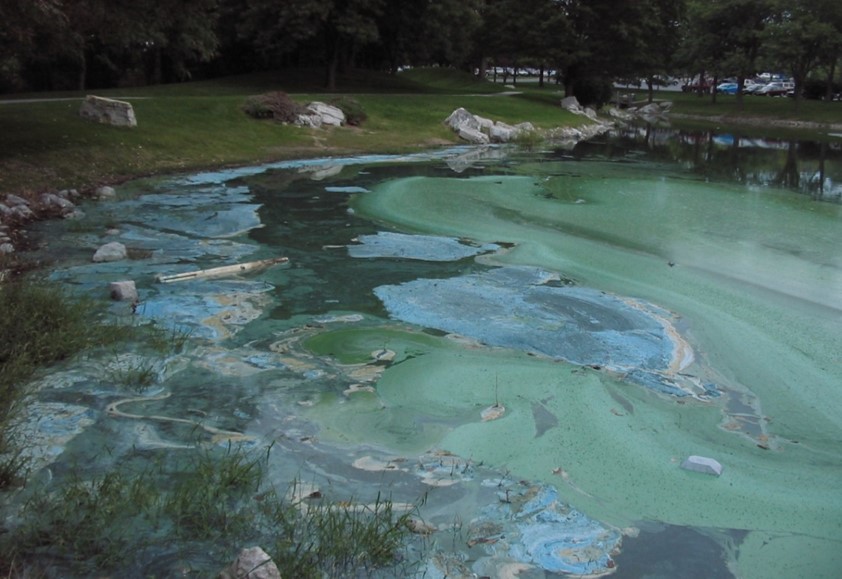Monitoring Nebraska’s Public Beaches - Water Quality and Health Alerts at Your Favorite Lake

Have you ever wondered about the water quality in your favorite lake? Or perhaps you’ve planned a day at the lake only to see a sign that says “Health Alert” and not known what that meant.
In Nebraska, weekly water quality monitoring is conducted at 51 public recreational lakes from May through September. A weekly report is produced which addresses two specific water quality components: Harmful Algal Blooms and E. coli. The results from this weekly sampling is available online at http://deq.ne.gov/NDEQProg.nsf/Beaches2017.xsp.

Why do we monitor?
Harmful Algal Blooms, or HABs, have become major problems across the United States in both freshwater lakes and seawater. They are most commonly known to us as blue-green algae, cyanobacteria, or red tides. HABs can potentially have harmful impacts on human health, fish, mammals, and birds and have even been known to lead to death in small mammals.
E. coli stands for Escherichia coli. It is a species of bacteria found in the digestive systems of warm-blooded animals and most commonly makes its way into our lakes and ponds through rainwater runoff. People who ingest E. coli or related bacteria by swallowing water can experience stomach cramps and diarrhea.
Harmful Algal Blooms
The Nebraska Department of Environmental Quality, in conjunction with numerous collaborators, sample for microcystin, a toxin produced as a result of a Harmful Algal Bloom. A lake that exceeds 20 ppb of microcystin is placed on “Health Alert”. That lake will remain under “Health Alert” Status until such time that it has tested below 20 ppb for two continuous weeks.

If a lake is under a Health Alert, signs will be posted recommending people avoid full body contact activities such as swimming, wading, skiing, jet skiing, etc. Non-contact activities such as boating, fishing, and camping are OK.
Harmful Algal Blooms can dominate the algal populations of a lake under the right combinations of water temperature, low water depths (in smaller lakes and ponds), and nutrients (such as high nitrogen and phosphorus concentrations from wastewater discharges and runoff from agricultural land and communities).
E. coli
E. coli bacteria levels measured above 235 colonies/100 ml of sample are considered a higher risk for illness when swimming. Considering the more rapid changes in bacteria conditions, signs are not posted with these higher levels although it is important to be aware of this issue and use judgment whether or not to use a lake.
This article was reviewed by Michael Archer, Nebraska Department of Environmental Quality
Sign up for updates from UNL Water
